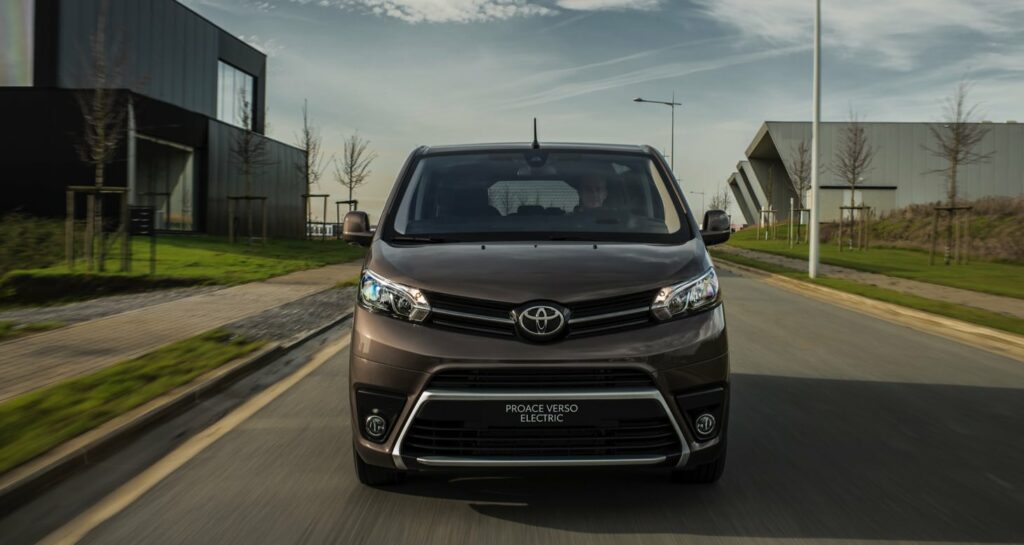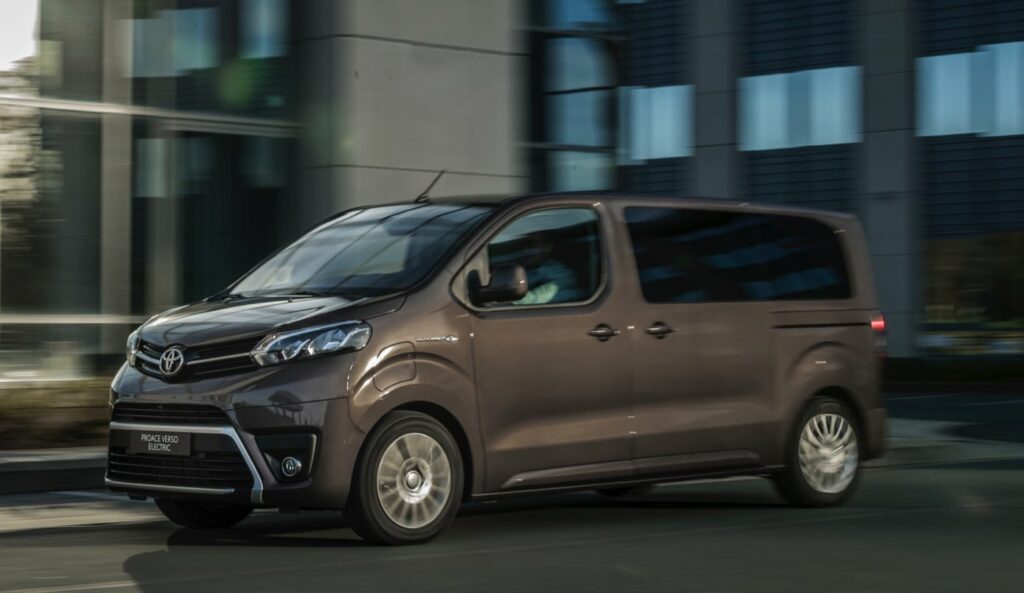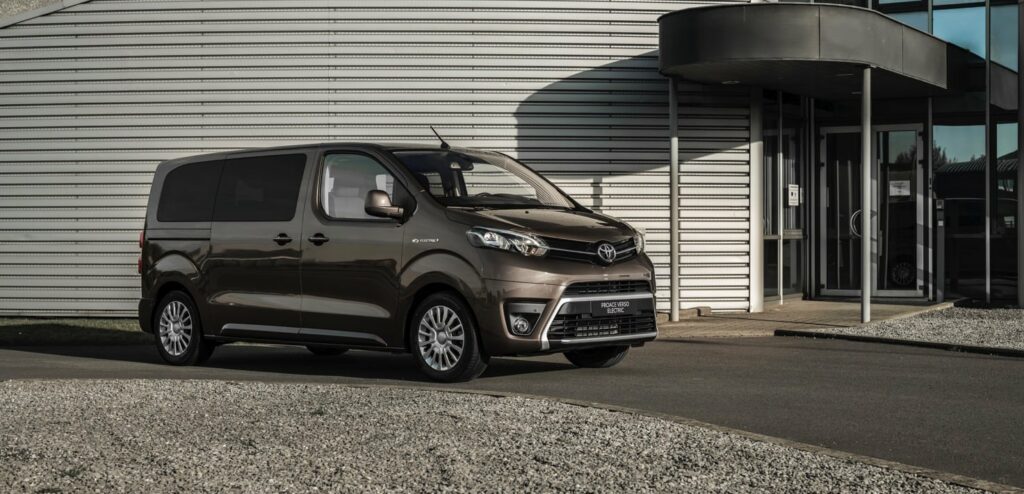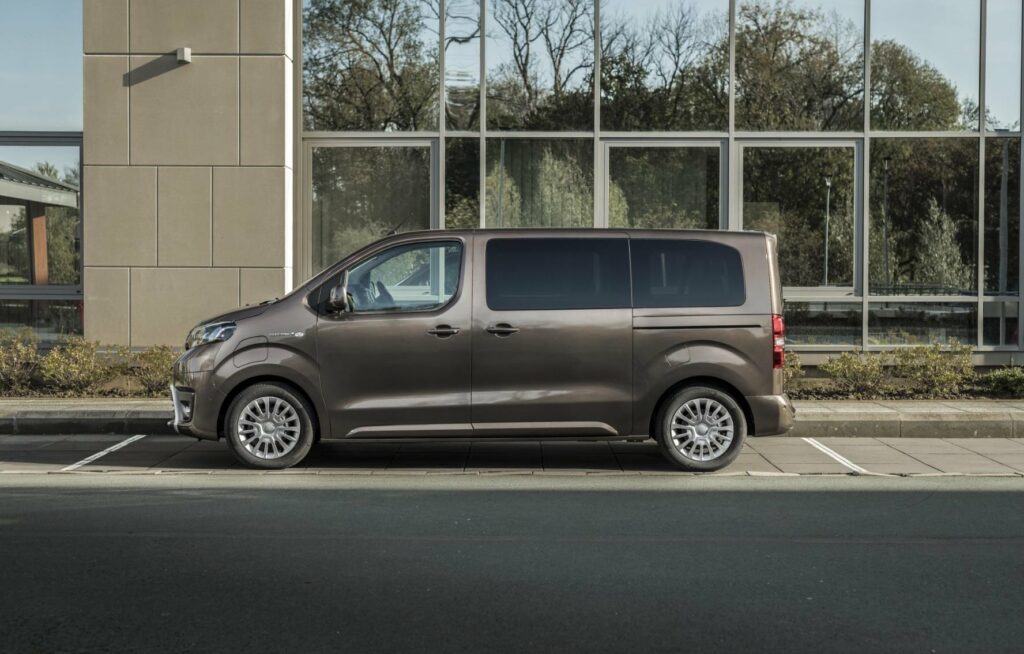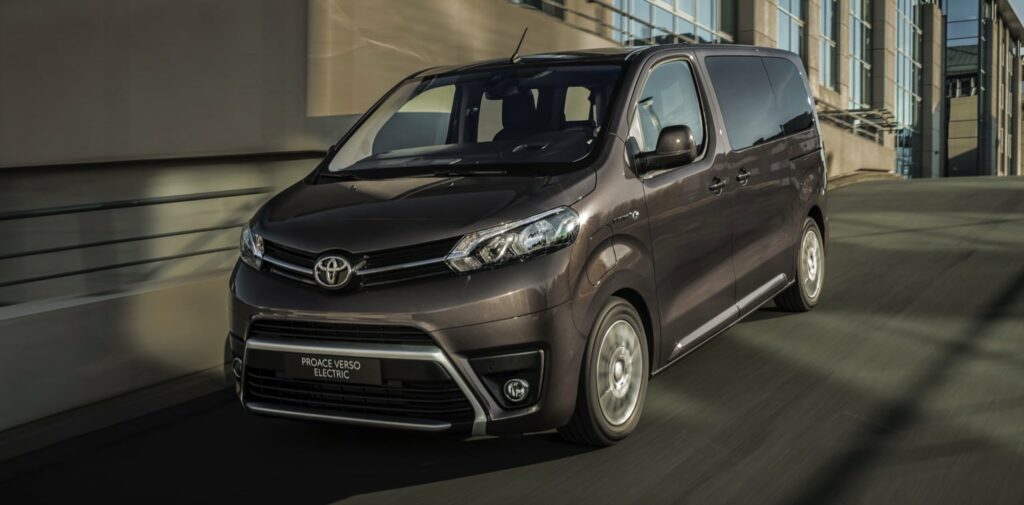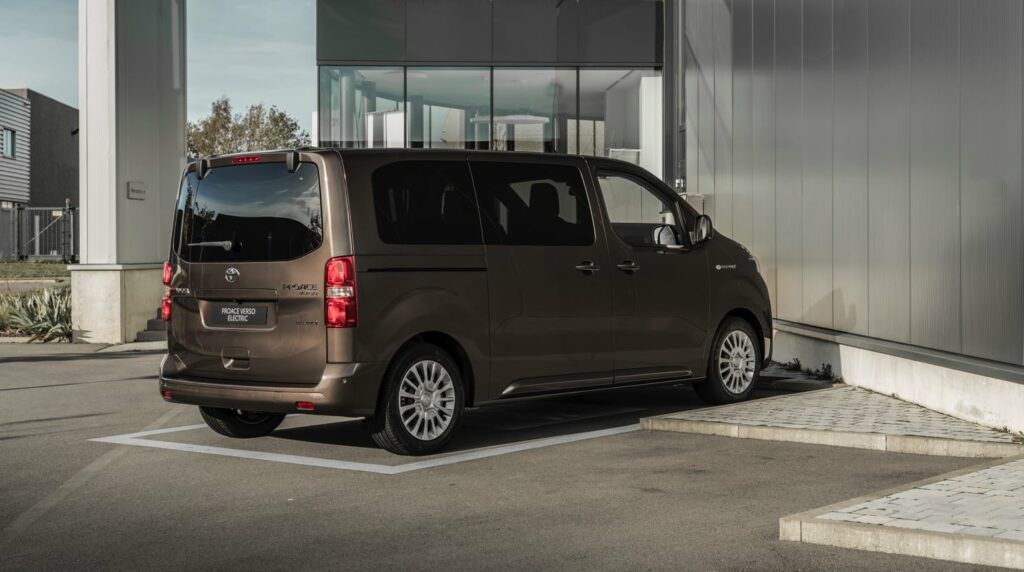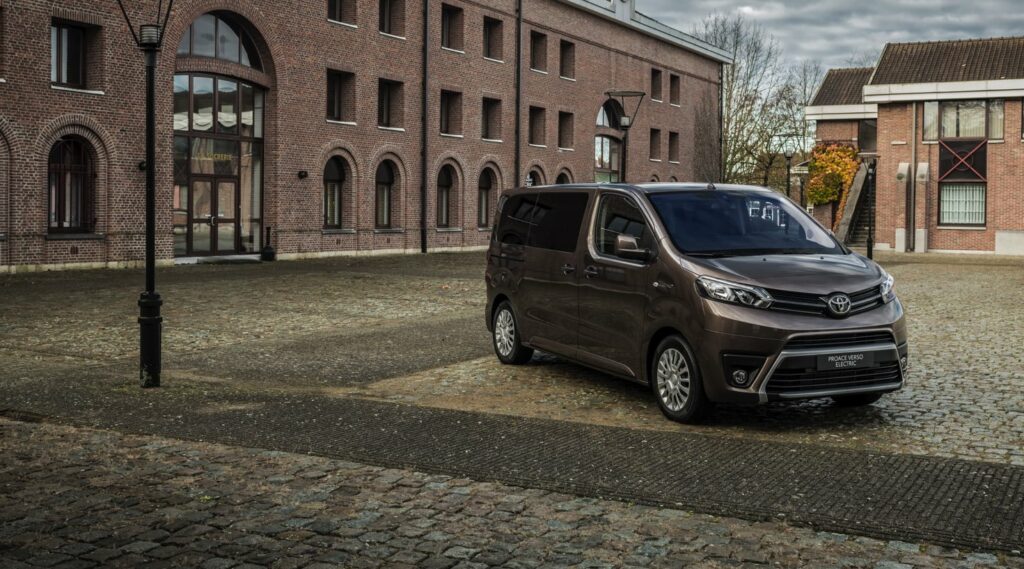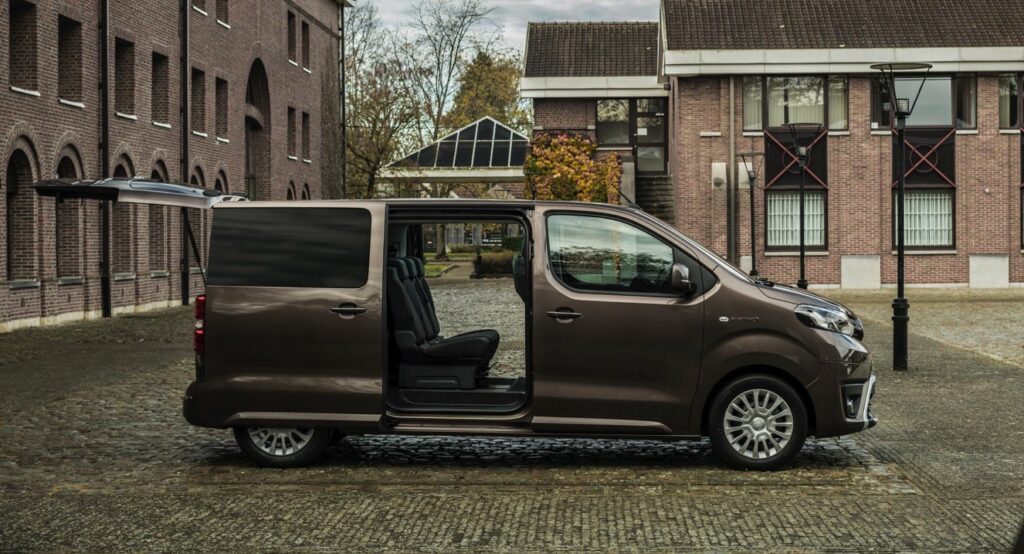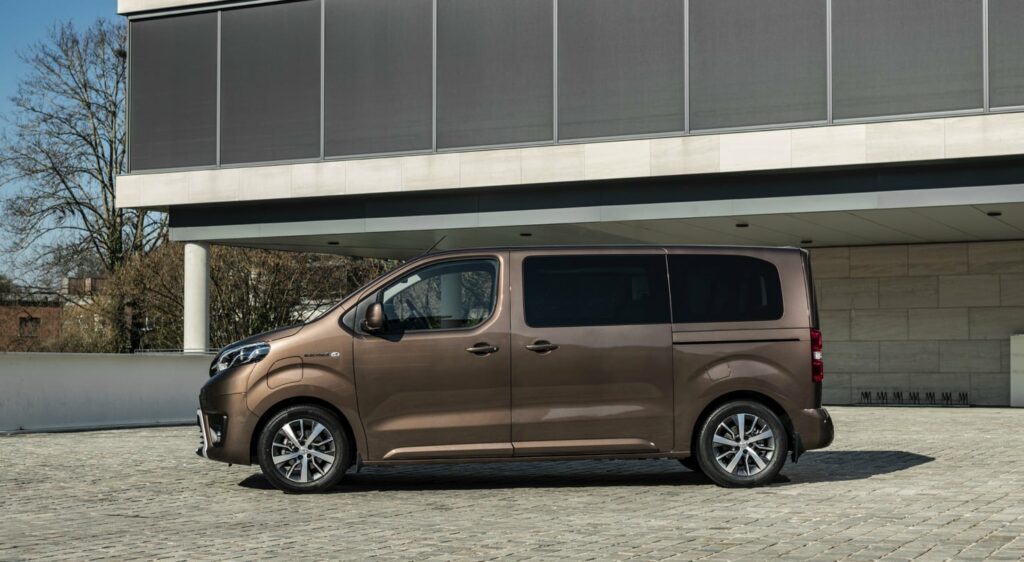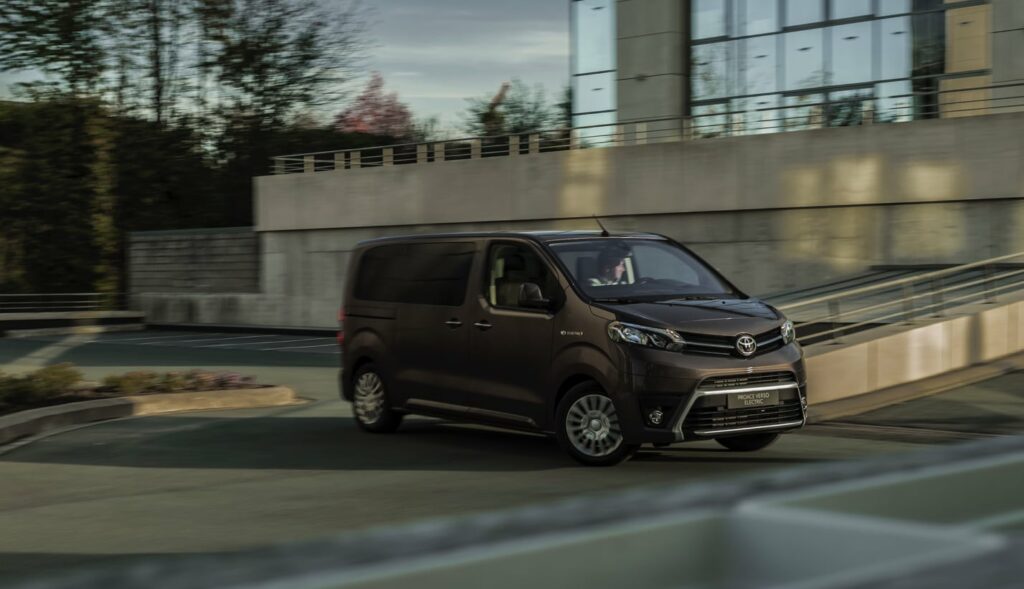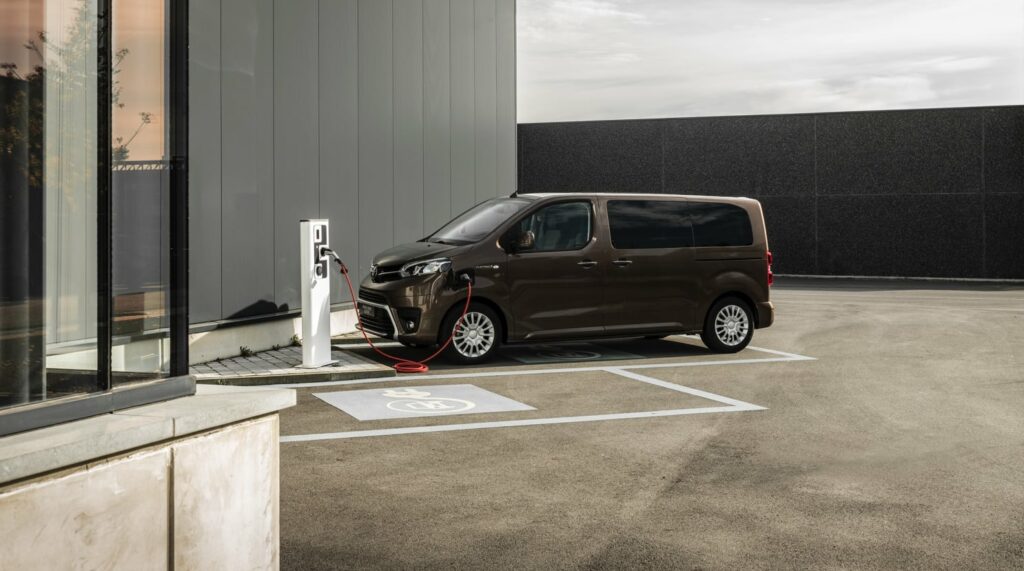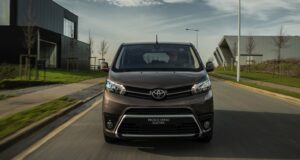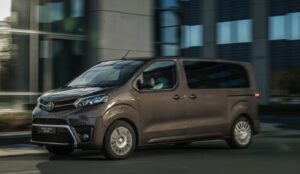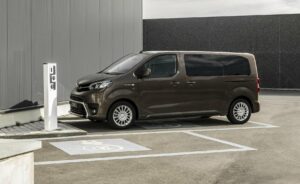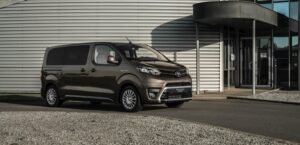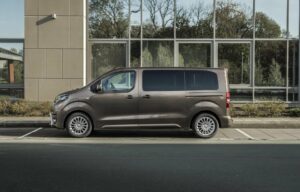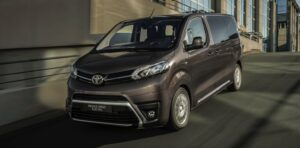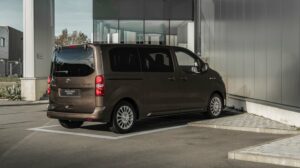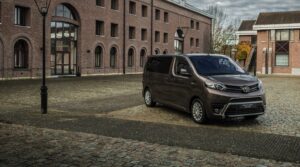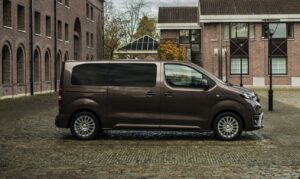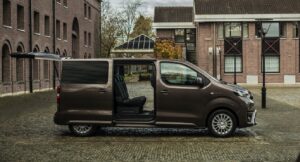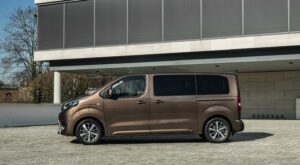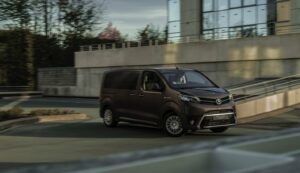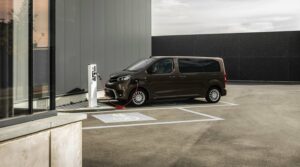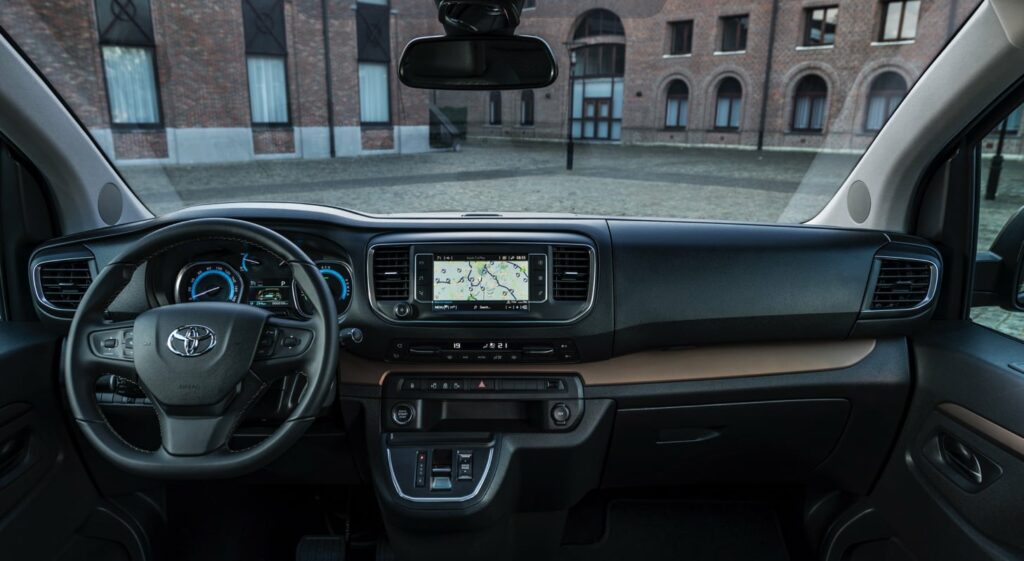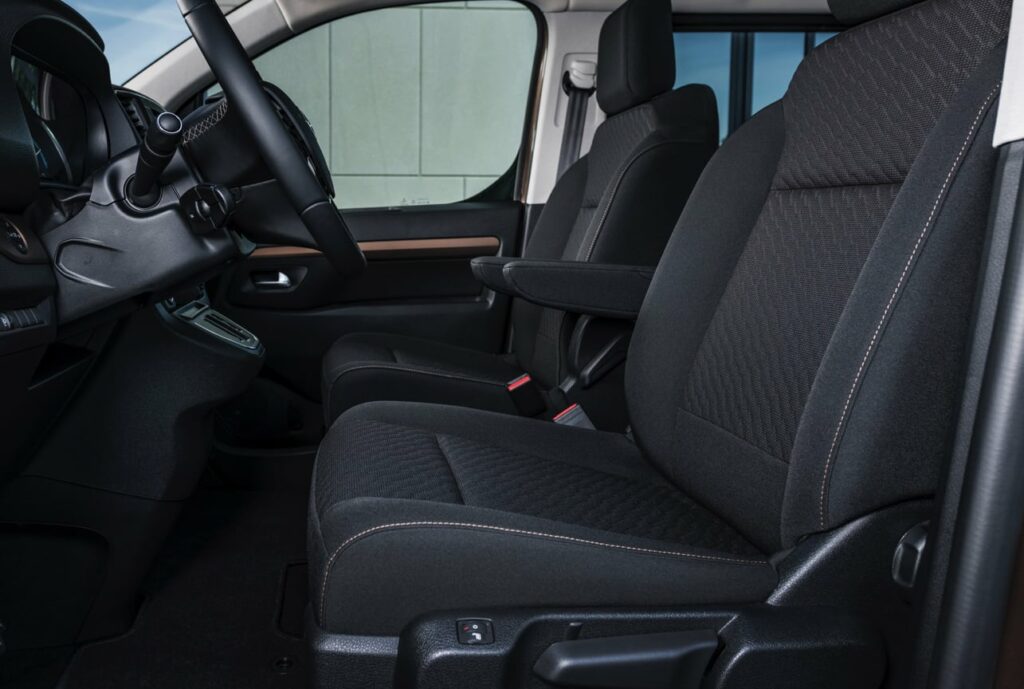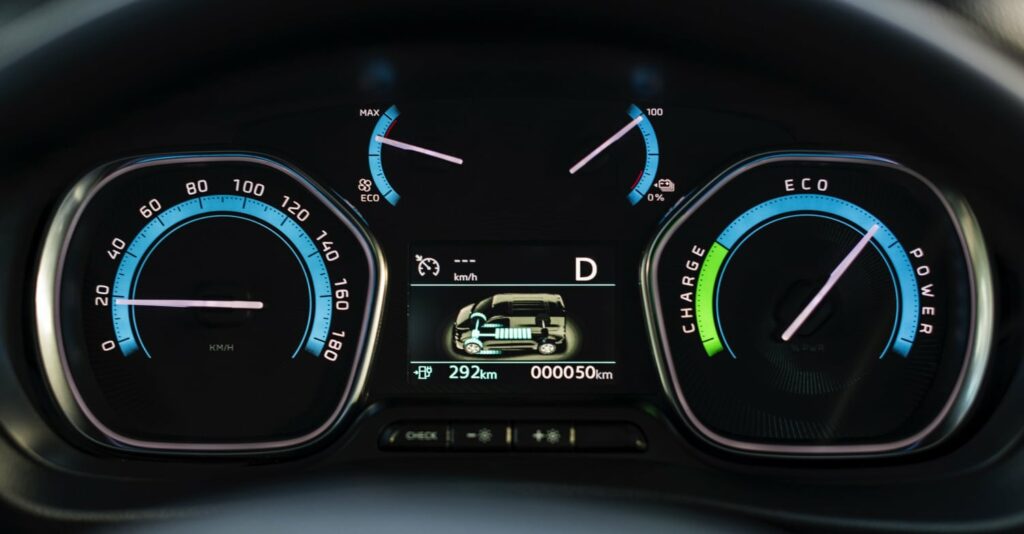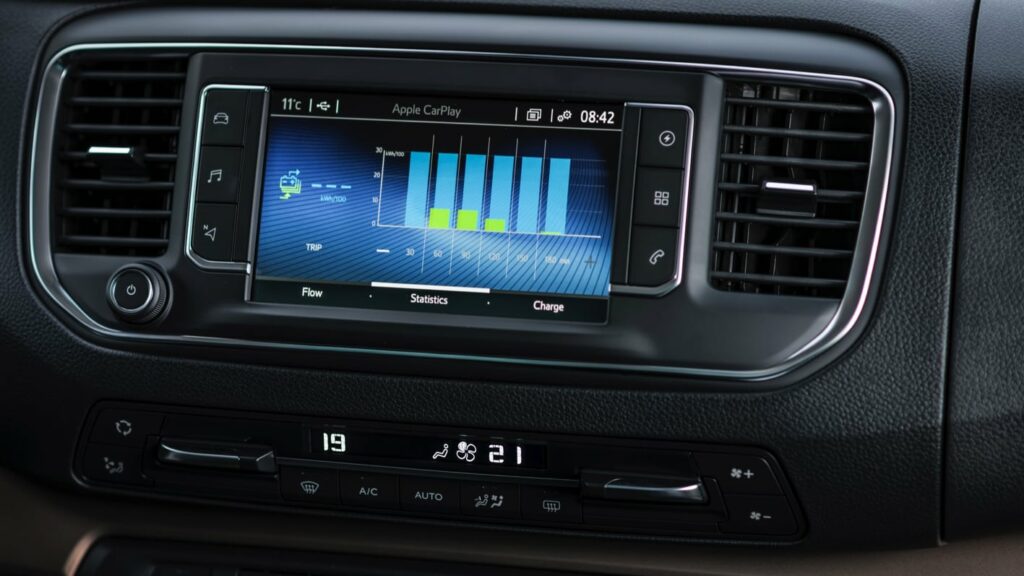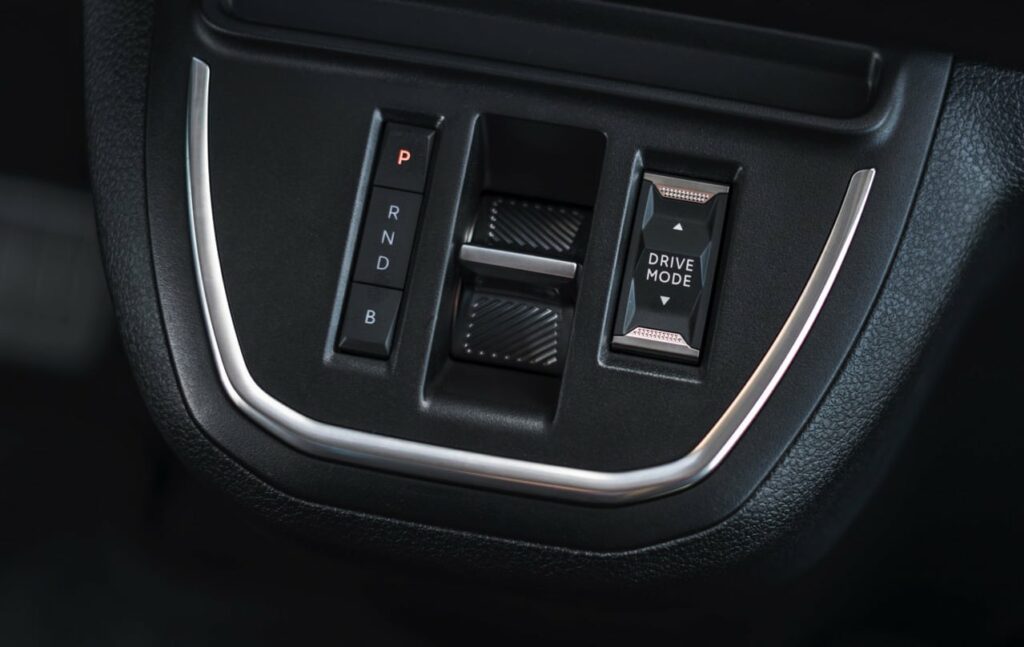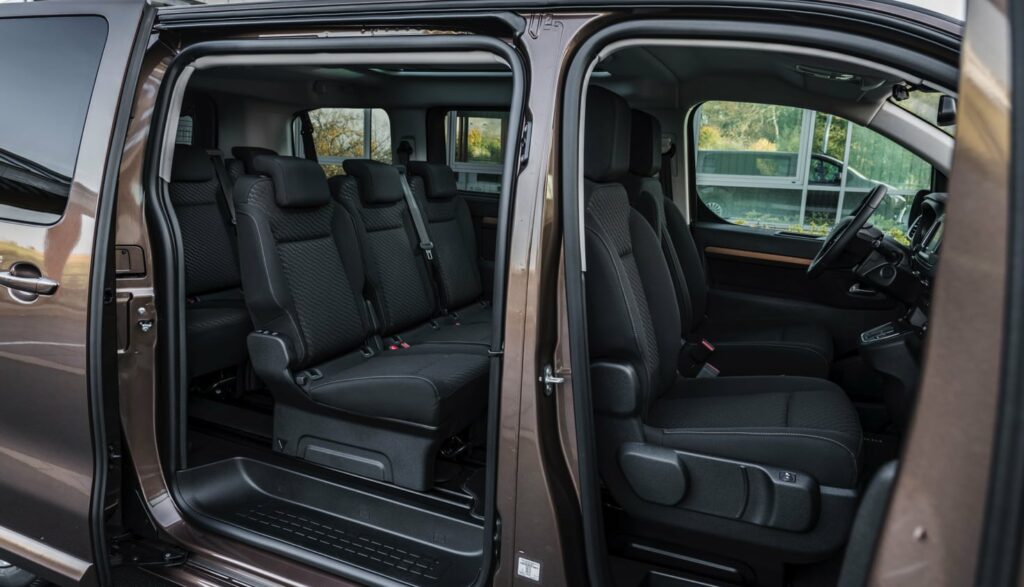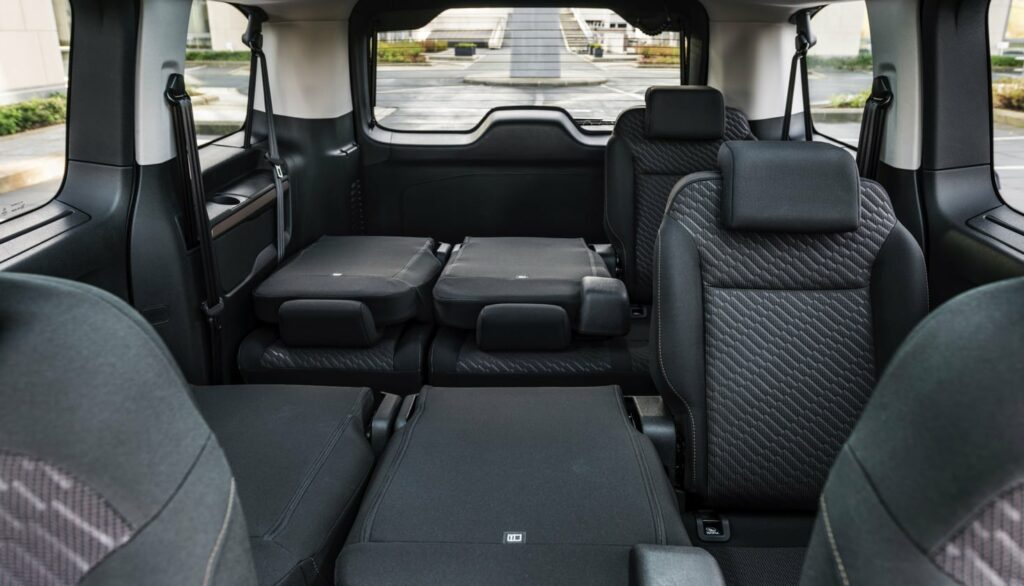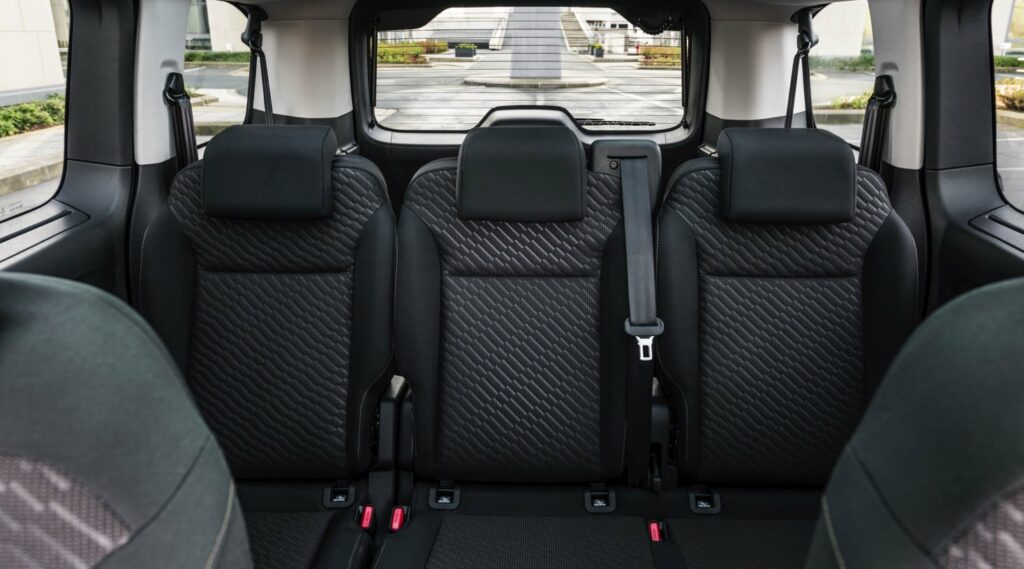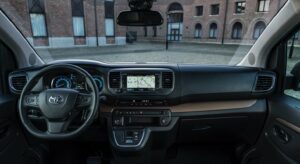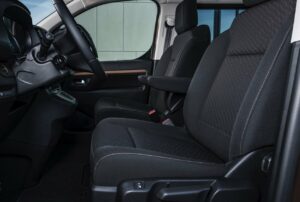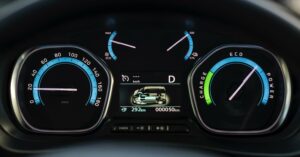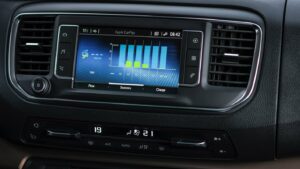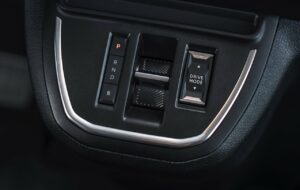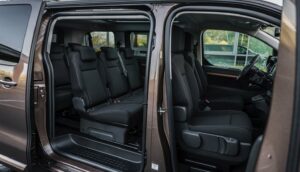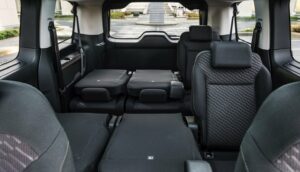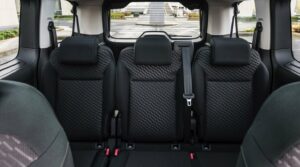Toyota PROACE Verso L 50 kWh
The Toyota PROACE Verso L 50 kWh is an all-electric passenger van in Toyota’s PROACE Verso line. The PROACE Verso is designed for people who need a spacious and comfortable vehicle capable of carrying up to nine passengers.
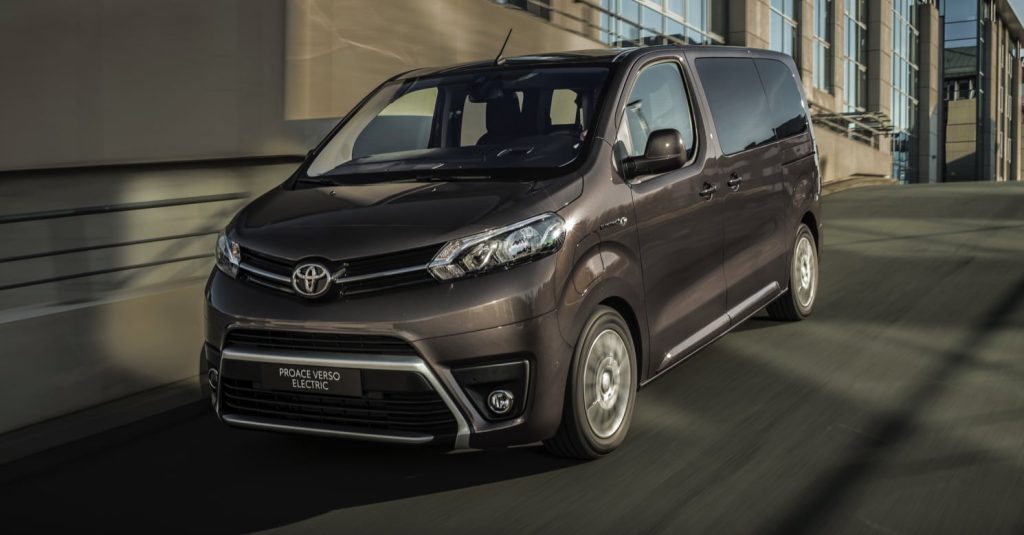
The PROACE Verso L 50 kWh is equipped with a 50 kWh battery pack and an electric motor that produces 100 kW (136 PS) of power and 260 Nm of torque. The car accelerates from 0 to 100 km/h in 12.1 seconds and reaches a top speed of 130 km/h.
The 50 kWh battery provides a cruising range of up to 175 km on a single charge in the WLTP cycle. The car can be charged with a maximum power of 100 kW, which allows the battery to be 80% charged in about 45 minutes. The vehicle also supports AC charging with up to 7.4 kW.
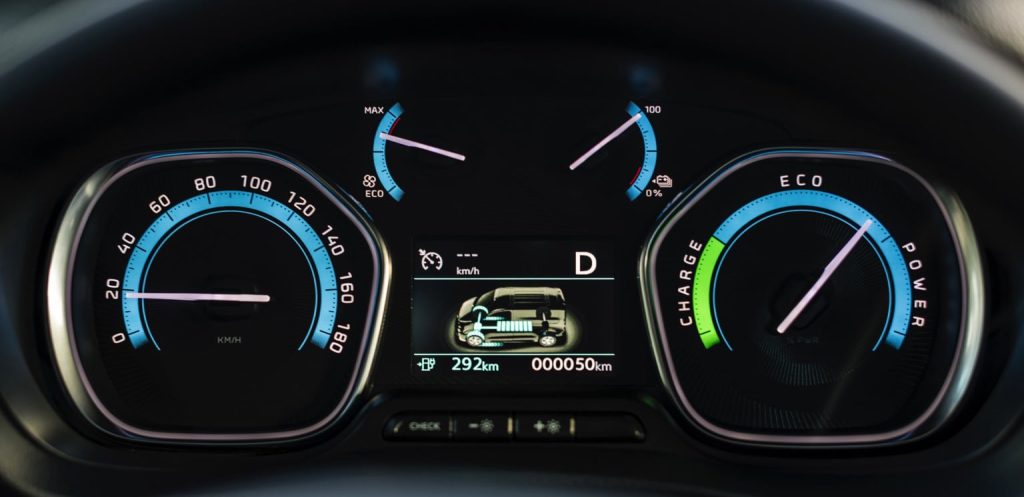
Inside, the PROACE Verso L 50 kWh has a spacious and practical interior with various seat configurations. The car is also equipped with a number of features, including a touchscreen infotainment system, a digital dashboard, and advanced safety features such as adaptive cruise control and lane departure warning.
The PROACE Verso L is a longer version of the M model, providing even more space for passengers and their luggage. It offers a practical and flexible solution for families or businesses that need to transport people and cargo.
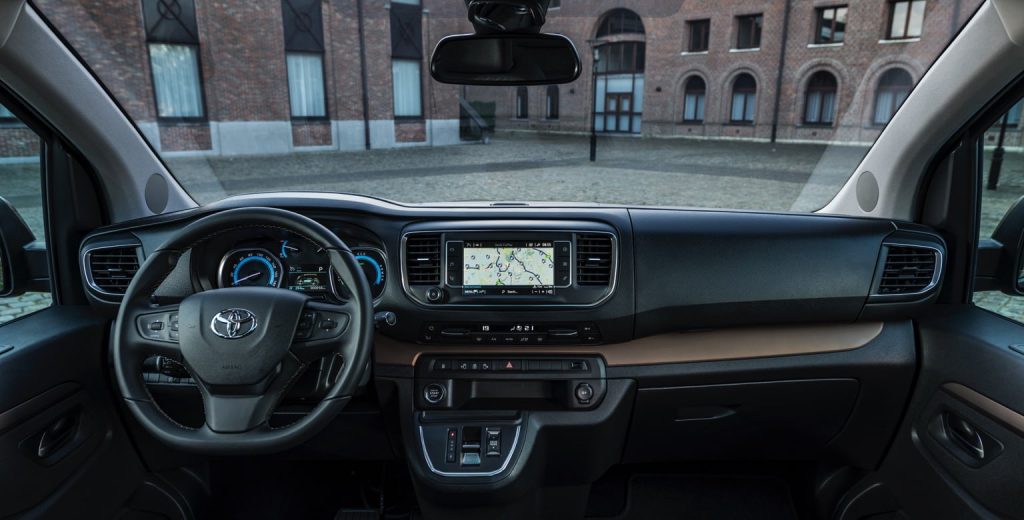
Overall, the Toyota PROACE Verso L 50 kWh is a great option for those who need a spacious and practical all-electric passenger van. It offers a decent range and comfortable driving, as well as the practicality and flexibility of a passenger van. The longer L version is especially suitable for larger families or businesses that need to transport more people or goods.
| Performance | |
| Acceleration 0 – 100 km/h | 12.1 sec |
| Top Speed | 130 km/h |
| Electric Range | 175 km |
| Total Power | 100 kW (136 PS) |
| Total Torque | 260 Nm |
| Drive | Front |
| Battery and Charging | |
| Battery Capacity | 50.0 kWh |
| Battery Useable | 45.0 kWh |
| Europe | |
| Charge Port | Type 2 |
| Port Location | Left Side – Front |
| Charge Power | 7.4 kW AC |
| Charge Time (0->175 km) | 7h15m |
| Charge Speed | 24 km/h |
| Fastcharge Port | CCS |
| FC Port Location | Left Side – Front |
| Fastcharge Power (max) | 99 kW DC |
| Fastcharge Time (18->140 km) | 31 min |
| Fastcharge Speed | 230 km/h |
| Energy Consumption | |
| EVDB Real Range | |
| Range | 175 km |
| Vehicle Consumption | 257 Wh/km |
| CO2 Emissions | 0 g/km |
| Vehicle Fuel Equivalent | 2.9 l/100km |
| WLTP Ratings (TEL) | |
| Range | 230 km |
| Rated Consumption | 253 Wh/km |
| Vehicle Consumption | 196 Wh/km |
| CO2 Emissions | 0 g/km |
| Rated Fuel Equivalent | 2.8 l/100km |
| Vehicle Fuel Equivalent | 2.2 l/100km |
| WLTP Ratings (TEH) | |
| Range | 219 km |
| Rated Consumption | 266 Wh/km |
| Vehicle Consumption | 205 Wh/km |
| CO2 Emissions | 0 g/km |
| Rated Fuel Equivalent | 3.0 l/100km |
| Vehicle Fuel Equivalent | 2.3 l/100km |
| TEL = Test Energy Low | TEH = Test Energy High | |
|
Rated = official figures as published by manufacturer. Rated consumption and fuel equivalency figures include charging losses.
|
|
|
Vehicle = calculated battery energy consumption used by the vehicle for propulsion and on-board systems.
|
|
| Real Energy Consumption between 170 – 360 Wh/km | |
| City – Cold Weather | 237 Wh/km |
| Highway – Cold Weather | 360 Wh/km |
| Combined – Cold Weather | 290 Wh/km |
| City – Mild Weather | 170 Wh/km |
| Highway – Mild Weather | 290 Wh/km |
| Combined – Mild Weather | 225 Wh/km |
| Energy use for each trip will vary considerably depending on the driver and the conditions. Therefore, we have provided a range of estimates which can be useful in developing an understanding of the potential benefits of this technology. | |
| Dimensions and Weight | |
| Length | 5308 mm |
| Width | 1920 mm |
| Width with mirrors | 2204 mm |
| Height | 1890 mm |
| Wheelbase | 3275 mm |
| Weight Unladen (EU) | 1989 kg |
| Gross Vehicle Weight (GVWR) | 2965 kg |
| Max. Payload | 1051 kg |
| Cargo Volume | 989 L |
| Cargo Volume Max | 3497 L |
| Cargo Volume Frunk | 0 L |
| Roof Load | 0 kg |
| Tow Hitch Possible | Yes |
| Towing Weight Unbraked | 750 kg |
| Towing Weight Braked | 1000 kg |
| Vertical Load Max | 60 kg |
| Miscellaneous | |
| Seats | 8 people |
| Isofix | Yes, 3 seats |
| Turning Circle | 12.4 m |
| Platform | PSA EMP2 |
| Car Body | Small Passenger Van |
| Segment | N – Commercial |
| Roof Rails | No |
| EV Dedicated Platform | No |
Home and Destination Charging (0 -> 100%)
A public charging station is required to use the highest possible charging rate. The EVSE/charging station’s charging capacity affects how long it takes to fully charge the battery. The table below shows all possible options for fully charging the Toyota PROACE Verso L 50 kWh.
In Europe, plugging an electric car into an outlet is often as easy as plugging it into a household outlet, but there are differences from country to country. The table below shows the different ways to charge the Toyota PROACE Verso L 50 kWh, but in some countries some chargers may not be available.
Type 2 ( IEC 62196)
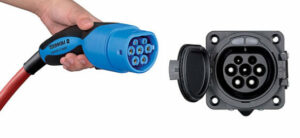
| Charging Point | Max. Power | Power | Time | Rate |
| Standard 7.4 kW On-Board Charger | ||||
| Wall Plug (2.3 kW) | 230V / 1x10A | 2.3 kW | 23h15m | 8 km/h |
| 1-phase 16A (3.7 kW) | 230V / 1x16A | 3.7 kW | 14h30m | 12 km/h |
| 1-phase 32A (7.4 kW) | 230V / 1x32A | 7.4 kW | 7h15m | 24 km/h |
| 3-phase 16A (11 kW) | 230V / 1x16A | 3.7 kW | 14h30m | 12 km/h |
| 3-phase 32A (22 kW) | 230V / 1x32A | 7.4 kW | 7h15m | 24 km/h |
| Optional 11.0kW On-Board Charger | ||||
| Wall Plug (2.3 kW) | 230V / 1x10A | 2.3 kW | 23h15m | 8 km/h |
| 1-phase 16A (3.7 kW) | 230V / 1x16A | 3.7 kW | 14h30m | 12 km/h |
| 1-phase 32A (7.4 kW) | 230V / 1x32A | 7.4 kW | 7h15m | 24 km/h |
| 3-phase 16A (11 kW) | 400V / 3x16A | 11 kW | 5 hours | 35 km/h |
| 3-phase 32A (22 kW) | 400V / 3x16A | 11 kW | 5 hours | 35 km/h |
Fast Charging (10 -> 80%)
If you want to enjoy driving an electric car, one of the most important features to consider is the number of miles per hour the car can travel while charged. This is called the “range” of the car. All electric cars have a certain range, even if they are 100% charged. This is because they do not have an internal combustion engine to lean on if you need to drive a long distance.
Max. Power: The maximum power provided by the charging point
Avg. Power: The average power provided by the charging point during a session of 10% to 80%.
Time: the time it takes to charge from 10% to 80%
Speed: the average charging rate during the session of 10% to 80%
Combined Charging System (CCS Combo 2)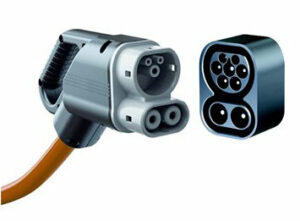
| Charging Point | Max. Power | Avg. Power | Time | Rate |
| CCS (50 kW DC) | 50 kW | 46 kW | 43 min | 170 km/h |
| CCS (175 kW DC) | 99 kW | 65 kW | 31 min | 230 km/h |
| CCS (350 kW DC) | 99 kW | 65 kW | 31 min | 230 km/h |
| Brand | Toyota |
| Model | PROACE Verso L 50 kWh |
| Body Style | Small Passenger Van |
| Car Engine | electric |
| Motor power | 100 |
| Maximum Torque, Nm | 260 |
| Battery Energy, kWh | 50.0 |
| Power reserve (NEDC/EPA/WLTP), km | - / - / 175 |
| Level Charging (230/400/DC), hours | - / 5.0 / 0.31 |
| Electrical Acceleration, 0-100 km/h (0-62.1 mph) in sec | 12.1 |
| Top Speed, km/h | 130 |
